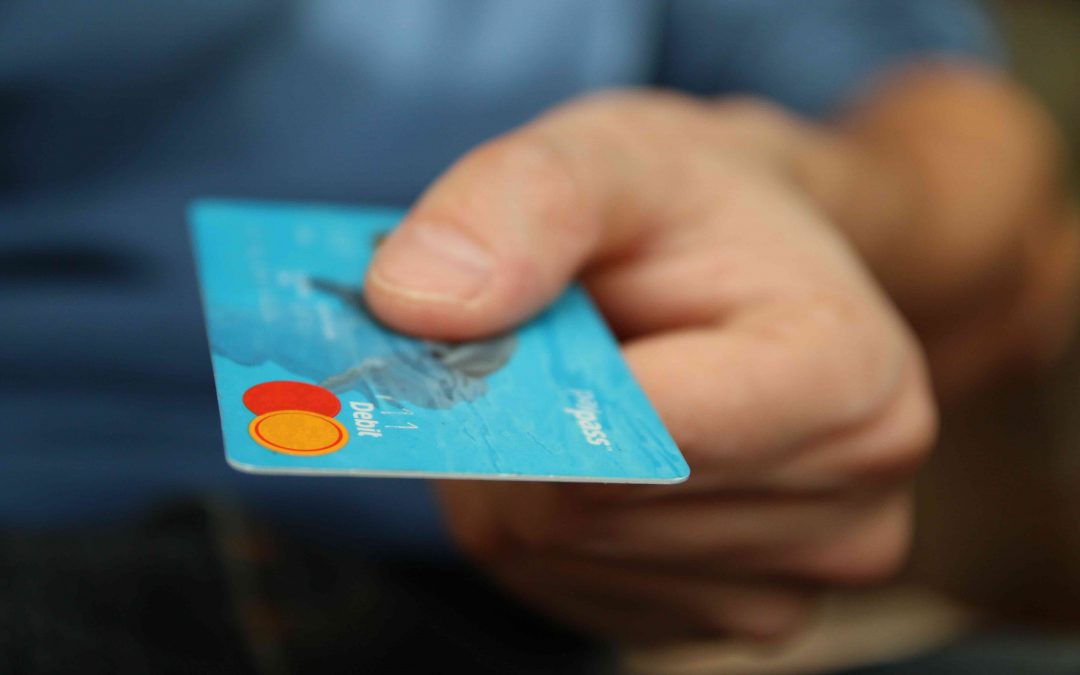Credit card debt is the monster living under a lot of our beds: You get sucked in by that 0 percent APR introductory offer, and then it haunts you for years.
Fortunately, credit card debt only seems insurmountable. For a lot of us, approaching debt and spending with discipline and getting a handle on impulse control can take us a long way to being debt free.
One of the ways you can do this is by phasing out plastic entirely.
How do you get credit card debt?
Finding yourself in credit card debt isn’t always a result of poor decision-making. The stipulations in those agreements can often be impenetrably complicated.
In addition, we’re committed, culturally and economically, to the idea that “building credit” is the financially responsible thing to do.
If you don’t have a credit history, it can be extremely difficult to get a loan or rent an apartment, and the sooner you start building credit, the better. Often this means people get their first credit cards when they’re young and perhaps not the most forward-thinking they’ll ever be.
Most credit cards offer an introductory period during which you can make purchases without incurring any interest payments. If you’re able to pay off your purchases during that time, congratulations! This article is not for you!
However, many credit card users find the introductory period goes by quicker than expected, and that first payment with interest added can be a shocker. Then every month you fail to pay the full amount, interest keeps piling on and becomes increasingly more difficult to pay off.
In these situations, it’s easy to become discouraged, but a proactive attitude is key to getting debt free.
How do you get rid of credit card debt?
There are a couple of debt repayment plans recommended by experts — debt snowball and debt avalanche — and the question of which one is right for you depends on the specifics of your debt and, crucially, your personality.
If you’re the type of person who benefits from small, regular victories, you may opt for the debt snowball method; if you can keep your eye on the prize even if it takes a while, debt avalanche may be the best option for you.
However, the thing they all have in common is that they all require you to stop using credit cards for anything.
How do you stop using credit cards?
Make a budget, and start making payments with cash and debit cards only, so you never spend more than you earn. If it helps, take the credit cards out of your wallet, and stash them somewhere.
Of course, just because you’ve decided you’re going to become debt free doesn’t mean you’ll never have an emergency. That’s just the type of situation in which you may find yourself having to reach for a credit card, potentially canceling out all your hard work.
For such an eventuality, maintain an emergency fund while you’re making payments toward your debt.
It may seem as if you could get through your credit card debt faster if you weren’t redirecting money to an emergency fund, but resist the temptation to liquidate it. Having it handy means you won’t risk adding interest to an already growing debt.
Do you need a credit card to build credit?
No! It’s just easier and more fun (in the short term) than the alternatives.
You can build credit by paying off your student loan if you have one. Making payments regularly and on time will build good credit.
If you don’t have a student loan, you have the option of applying for a credit builder loan, which works the same way. The same is true for a mortgage or a car loan if you can get those.
If you rent an apartment, find out if your landlord reports payments to any of the major credit bureaus. If you’re lucky, paying your rent on time can also help you build credit.
The bottom line
Credit card debt, which grows exponentially, isn’t just detrimental to your financial health — it can be a drain on your mental well-being, too. Should you find your enthusiasm for debt repayment flagging, try to focus on how amazing it will feel to put your debt behind you.




